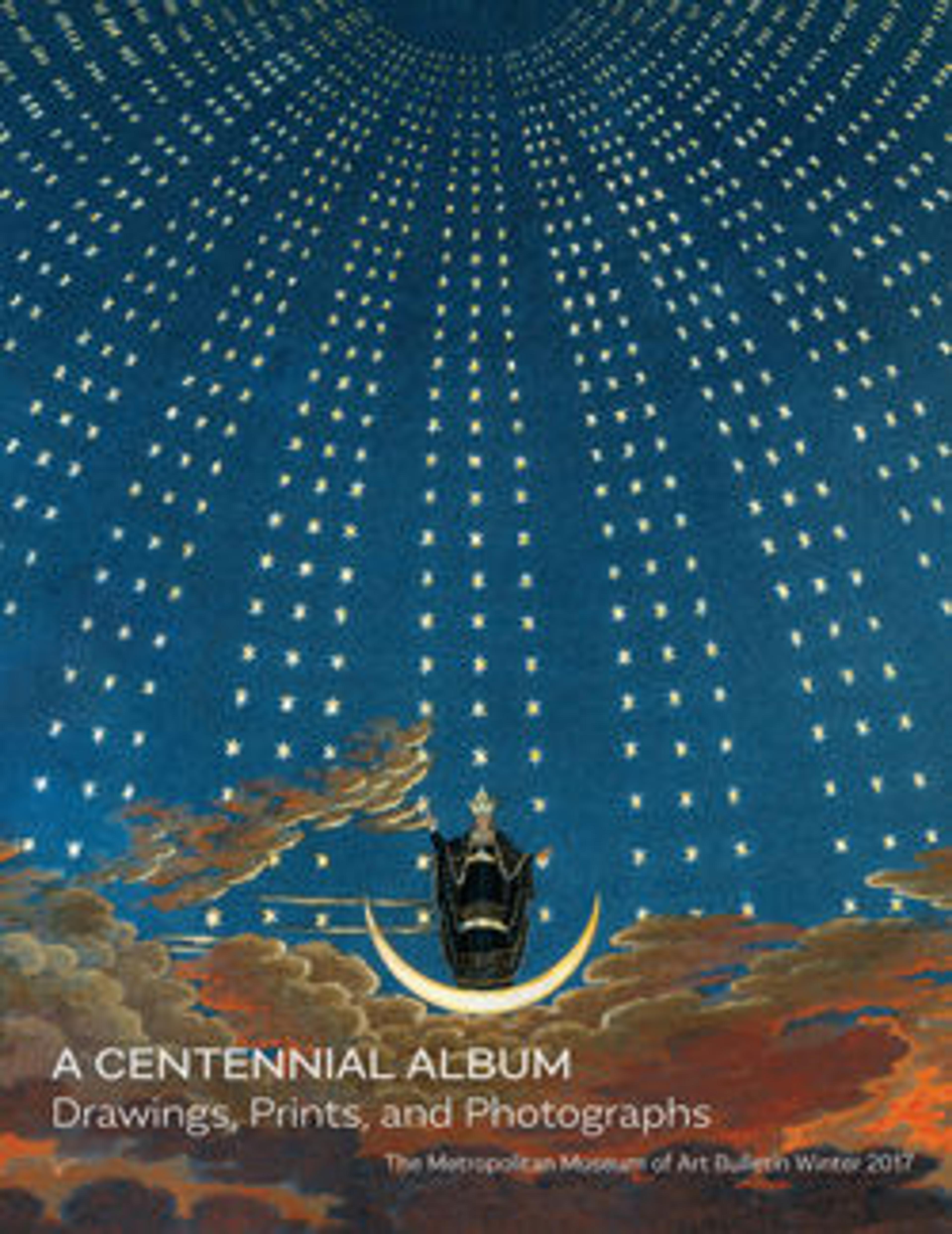Botanical Study
The celebrated diarist and amateur artist Mary Delany ranks among the most accomplished paper-cutters of all time. She developed the technique of "paper-mosaick" at the age of seventy-two, when her diminishing eyesight hindered her embroidery. Working to scale directly from a plant specimen, Delany cut and assembled dozens or even hundreds of minute pieces of colored tissue paper to create a single image of precise botanical accuracy. Encouraged by King George III and Queen Charlotte (who took a strong personal interest in her skills and sent her work to the Royal Botanic Gardens at Kew), Delany produced nearly a thousand sheets for her "Flora Delanica" in a little more than a decade. Typically, she labeled her work on the back and arranged her collection (now in the British Museum) according to Carl Linnaeus's sexual system of plant classification. The present example of a type of geranium is not identified, perhaps because given to Lord and Lady Bute on a visit to Luton Hoo, where she worked from specimens in the gardens. It came to the Museum inserted into an album that belonged to John Stuart, 3rd earl of Bute, containing designs for the gardens and buildings at Kew.
Artwork Details
- Title:Botanical Study
- Artist:Mary Delany (British, Coulston, Wiltshire 1700–1788 London)
- Date:ca. 1772–82
- Medium:Paper collage
- Dimensions:sheet (irregular): 10 1/16 x 9 1/8 in. (25.5 x 23.2 cm)
- Classification:Cut Paper
- Credit Line:Harris Brisbane Dick Fund, 1925
- Object Number:25.19.45
- Curatorial Department: Drawings and Prints
More Artwork
Research Resources
The Met provides unparalleled resources for research and welcomes an international community of students and scholars. The Met's Open Access API is where creators and researchers can connect to the The Met collection. Open Access data and public domain images are available for unrestricted commercial and noncommercial use without permission or fee.
To request images under copyright and other restrictions, please use this Image Request form.
Feedback
We continue to research and examine historical and cultural context for objects in The Met collection. If you have comments or questions about this object record, please contact us using the form below. The Museum looks forward to receiving your comments.
